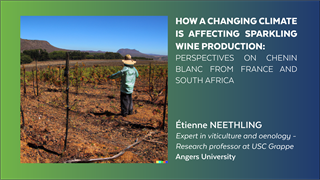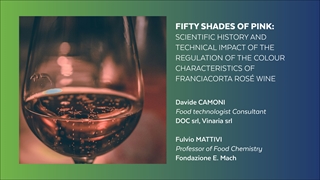No/low alcohol for sparkling wines: limits and strategies for sensory optimization
Presented by
Description
In terms of sales figures and turnover, dealcoholized wine and its sparkling counterpart, the so-called sparkling beverage made from dealcoholized wine, are a niche product (at least still). On the other hand, the interest in and demand for dealcoholized alternatives to wine and sparkling wine has risen steadily over the last few years. Furthermore, several studies are forecasting significant increase in terms of market share for these products.
The effect on the sensory characteristics due to the dealcoholization is far ranging. Dealcoholization - regardless of the technology - is always accompanied by a more or less severe loss of wine aromas. In addition to that, the almost complete removal of the alcohol reveals the very complex influence that ethanol has on the wine sensory properties.
The more or less complete removal of alcohol results in a very noticeable reduction in body and fullness. Targeted oenological strategies can compensate for this to a certain extent. CO 2 in particular shows good results when it comes to substituting this sensory influence of alcohol.
The perception of acidity is significantly increased by dealcoholization. Furthermore, the removal of alcohol causes a reduction in the perceived sweetness. As a result, sweetening is one of the most frequent corrections of these products. The targeted choice of sweetener is to a certain extent, a “style-forming” measure.











